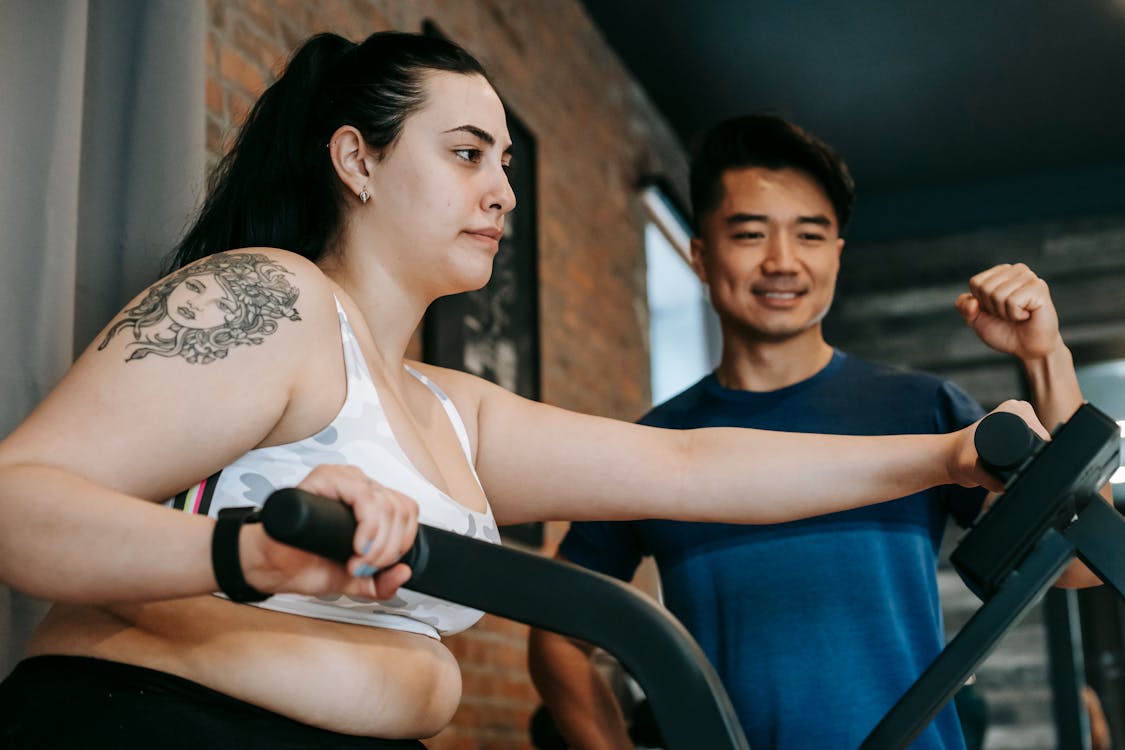As we gracefully age, staying active becomes more vital than ever to ensure our overall well-being. Cardiovascular exercise plays a crucial role in maintaining good health, but for seniors, choosing activities that are gentle on the body and minimize the risk of injury is crucial. This is where low-impact cardio exercises come into play. This comprehensive guide delves into the importance of low-impact cardio for seniors and its many benefits, explores the top exercises that will keep you feeling vibrant and fit, and shares valuable insights from reputable health sources.
Why Low-Impact Cardio Matters for Seniors
Low-impact cardio exercises are tailor-made for seniors, offering all the advantages of traditional cardio workouts without putting undue stress on the joints. This is particularly important as it significantly reduces the risk of injuries from high-impact activities, such as joint pain or stress fractures.
Benefits of Low-Impact Cardio for Seniors
Engaging in low-impact cardio comes with a multitude of benefits:
Improved Cardiovascular Health: Regular low-impact cardio strengthens your heart, lowers blood pressure, and improves overall cardiovascular health, reducing the risk of heart-related issues.
Enhanced Joint Mobility: These exercises are gentle on your joints, making them ideal for those with arthritis or other joint problems. They work wonders in improving joint mobility and reducing stiffness.
Increased Flexibility: Low-impact exercises like swimming and Tai Chi promote flexibility by engaging and stretching various muscle groups, helping you maintain a wider range of motion.
Top Low-Impact Cardio Exercises for Seniors
Walking:
Walking is a timeless and effective low-impact exercise. It's accessible, and you can do it virtually anywhere. Aim for at least 30 minutes of brisk walking daily to boost heart health and overall fitness.
Swimming:
Swimming offers a full-body workout while being incredibly gentle on your joints. It's an excellent choice for improving cardiovascular fitness and enhancing flexibility.
Cycling:
Whether on a stationary bike or a traditional one, cycling helps strengthen leg muscles and improve balance. It's a versatile, low-impact option that can be customized to your fitness level.
Chair Exercises:
For those with limited mobility, chair exercises are a fantastic choice. Seated leg lifts, marches, and arm circles provide an effective seated workout.
Tai Chi:
Tai Chi combines graceful, flowing movements with deep breathing and meditation. It's renowned for enhancing balance, coordination, and mental clarity.
How to Get Started
Before embarking on any exercise regimen, it's essential to consult your healthcare provider, especially if you have underlying health conditions. Once you have the green light, here are some valuable tips to keep in mind:
Choose Wisely: Opt for activities that align with your fitness level and health status.
Start Gradually: Begin with shorter durations and lower intensity, gradually increasing as you build strength and stamina.
Warm-Up and Cool-Down: Always begin your workout with gentle warm-up exercises and end with a proper cool-down routine to prevent injuries.
Safety Tips
- Stay hydrated during your workout to avoid dehydration and overheating.
- Wear proper footwear and comfortable, supportive clothing suitable for your chosen activity.
- Pay close attention to your body; if you experience any pain or discomfort, cease the exercise immediately and consult your healthcare provider.
- Consider working with a certified trainer or instructor specializing in senior fitness for personalized guidance and added safety.
Conclusion
Low-impact cardio exercises are key to maintaining a healthy heart and an active lifestyle as you age gracefully. Playing a premium on your well-being and incorporating these exercises into your daily routine allows you to enjoy a happier and healthier life for years.
For more fitness and wellness tips, visit Well Fitness Guide.

